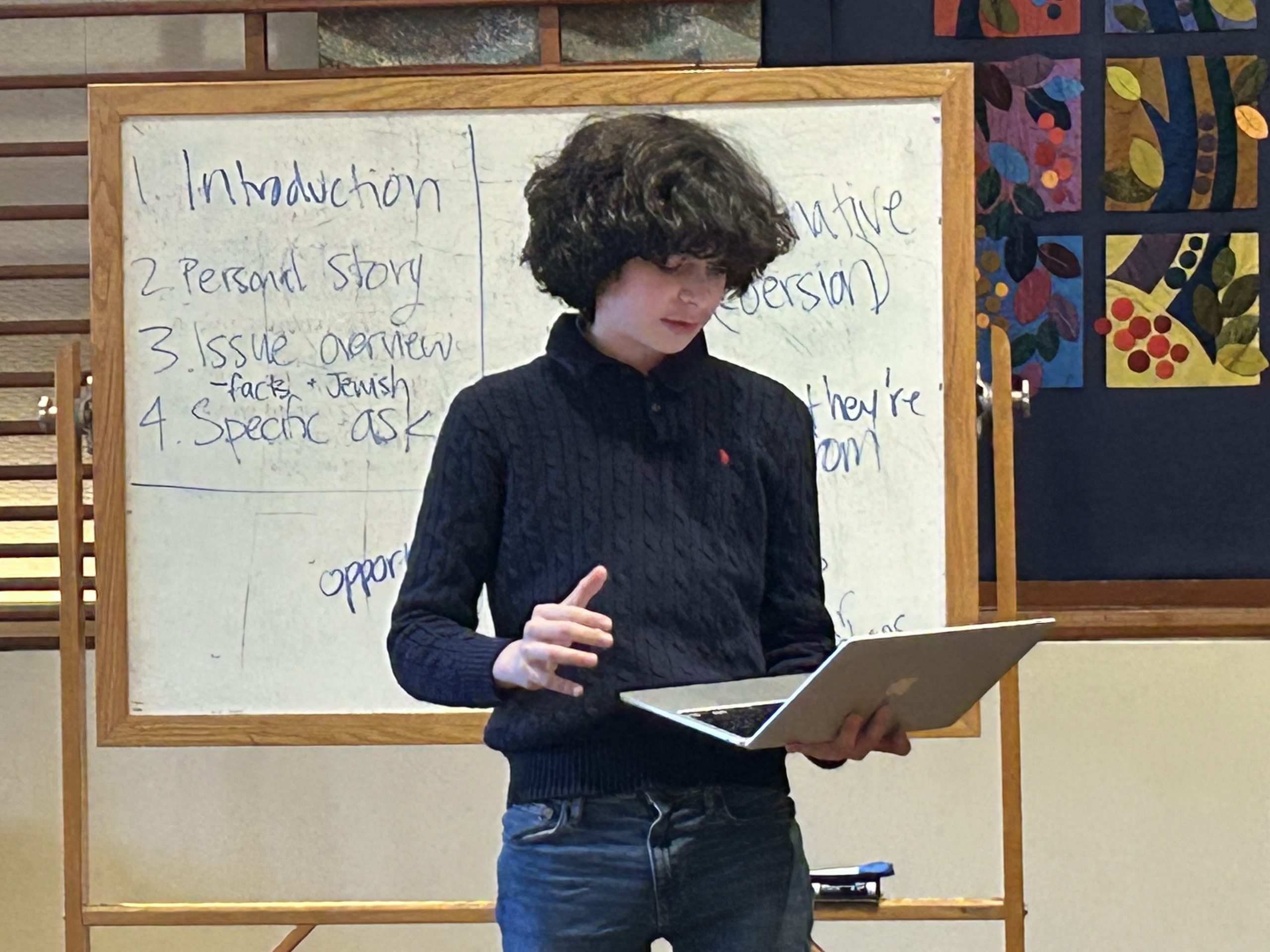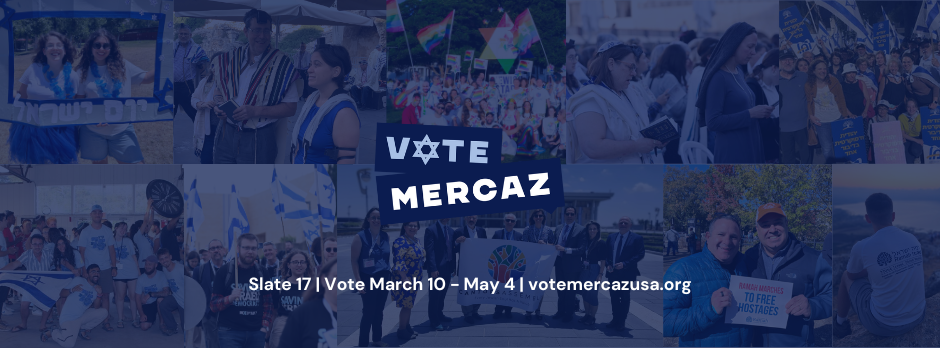
By Joyce Hyde, The Emanuel Synagogue Executive Director
This article was originally published in Everything Emanuel, Vol. 94, No. 4, the March/April 2019 newsletter of The Emanuel Synagogue in West Hartford, CT.
As we celebrate The Emanuel’s 100th anniversary, we are busy considering our many options for our future. I am sure we all agree attracting and retaining members is key to our synagogue’s sustainability.
I am frequently asked for the best ways to promote our synagogue in order to attract new people as well as to re-engage current members. There is no simple answer. The truth is the way people receive information in today’s world is rapidly evolving. To continue to be effective, we must keep changing The Emanuel’s outreach.
The temptation to evaluate outreach success by how many show up for an event or program is inaccurate. Good promotion is important, however there are so many independent variables that may impact actual attendance. For example there may have been interest in the topic but not the speaker… or the time was inconvenient… or people got lost on the way… or there was a competing event somewhere else, etc. Good promotion should “make the phone ring” (or the email inbox “ding”), but it will not ensure a good show rate.
After a committee has done its research on the optimum time, speaker and potential competition, how can we know if we are doing everything possible to get the right message out to attract our target audience? Here are three suggestions:
Think like the person we want to attract.
Even if we are the same age and demographic, we are already here, so we are coming from a different experience and perspective than someone brand new to us. Even a current member new to a program may be uncertain where to go, unsure about trying something new, and therefore may avoid giving it a try. New people may be hesitant to reach out and ask questions (no matter how warm and welcoming we are) and opt for other choices that are familiar and comfortable. In fact, people may wander to that “other place down the street” because they could not find us, even though we thought we were imparting the proper information.
True Story: Recently, I helped a friend evaluate her outreach for her business in Glastonbury, called “Empowered Indoor Cycling Studio.” People looking for such a place usually search within a 3-5 mile radius, so it was odd the second highest amount of traffic to her website was actually coming from New Haven. Was this an error in Google Analytics? No. Surprisingly, there was a studio in New Haven called “MPWR Fitness,” and my friend was actually seeing a significant amount of people checking out her “Empowered” website by mistake!
What was the likelihood those potential “MPWR” clients at the “Empowered” site would take the time to find the New Haven studio, or maybe after seeing the Glastonbury address figured they were in the right place? Or perhaps they would think, “wow, I did not know they had cycling, I will be sure to tell my friend who lives there to check it out.” Either way, my friend was benefiting due to nothing more than another business’ spelling choice, while MMPR fitness had unknowingly created a barrier to themselves.
Suggestion: Whether posting on Facebook, making a flyer, creating electronic communication, or even talking up a program, it is advisable to put the critical WHO, WHAT, WHERE and WHY CLEARLY upfront without trying to be “clever” and risk being misleading. For “WHY,” provide a one-line benefit people will gain from attending.
Go where THEY are & FAST.
According to Facebook, “The key to modern marketing is reaching people up close and personal where they’re already spending their time,” and today’s market lives, breathes and searches for information predominantly on a mobile phone. As this trend continues, successful outreach must consider the viewability of messages on a tiny vertical screen — a viewer may not take the time to scroll down to the end!
Videos need to be shorter — 60-90 seconds used to be the norm, but today’s research advises video “should be no more than 15 seconds, with the main message delivered within in the first 3-5 seconds” or risk getting lost.
Successful outreach today depends on good visual storytelling (through pictures and video) and less on words. Attention spans are short, so critical information along with eye-catching visuals delivered in 3-5 seconds of viewing is ideal, even if someone is reading a flyer. Save additional information that may risk detracting from the main message to being accessed another way (link or a phone number for more information, a pamphlet with details, etc.).
Suggestion: Consider ALL the places our audience IS, and how they may SEARCH for what The Emanuel offers. In today’s short attention span culture, communication cannot rely on just one method; multiple channels must be used if we want to be heard. Does our prospective member come to other events that we may cross-promote? Would they visit a website? Use social media? Do they search the internet? Would they pick up a flyer? Would they come if their friends called them and said they were going, too?
Test Your Theory.
In our mobile-first era, content is consumed differently and is evolving rapidly. It used to be finding the right “keyword or keywords” was all one needed to drive awareness and a high ranking on internet search engines. Yet, this has become less reliable over time as now thousands of variations may result with a diverse range of intent. For example, the word “Conservative” could be interpreted as a political point of view as well as a denomination of Judaism; if we just rely on the term “Conservative Synagogue” to solely describe ourselves, we may risk diluting our reach. Continual testing and re-testing of what will work best is essential to remaining relevant in the internet world.
Suggestion: While there are many analytic tools, it still holds true that in electronic marketing, higher search results, COMBINED with a high rank helps guide a successful attraction-based campaign. Try it yourself on your favorite search engine (Google, Yahoo, Bing, etc) with some short key phrases you think best describe your program and see which brings the highest volume of results AND the highest rank for your program. Keep in mind results can vary based on many factors (time of day of search, etc.), so the goal is to look for big numbers to help make good choices.
How would someone search for a synagogue in West Hartford? Images (below) are a Google search using the following key phrases: A) Conservative West Hartford Synagogue, B) West Hartford Synagogue, C) Jewish West Hartford.







